Atomic energy is cheaper than solar, and wind for end consumers, sa
http://festyy.com/edWqdd
In, the Cuff conversation with ThePrint, the former chairman of the Atomic Energy Commission of India spoke of the country's nuclear energy plans & people's fear of accidents & radioactive leaks.
THEPRINew Delhi: Nuclear energy might be capital intensive, but the cost to the consumer is much lower than that of other renewable resources, like solar and wind, said Anil Kakodkar, nuclear scientist and former chairman of the Atomic Energy Commission of India, Thursday.
Kakodkar was in conversation with ThePrint’s Editor-in-Chief Shekhar Gupta and Senior Associate Editor Manasi Phadke during a virtual session of ‘Off The Cuff’.
The nuclear scientist touched on the various aspects of nuclear science, the inhibitions around the technology and why India needs to expand its renewable power production.
Talking about how India’s use of thorium can reduce the generation of radioactive waste, Kakodkar said: “Thorium can essentially limit the amount of spent fuel coming out of uranium reactors”.
He pointed out that although India’s nuclear resource endowment — that is, its uranium resources — are modest, the country has vast resources of thorium.
“Our objective is ultimately to be able to extract energy out of thorium on a very large scale,” he added.
However, a nuclear reaction required for energy generation can not begin with thorium. Uranium is required to set forth a chain of reactions required for energy generation.
Thus India’s nuclear plant would be divided in three stages — uranium reactor, fast breeder reactor, and thorium reactors.
Most importantly, the three-stage process ensures that the nuclear waste generated is just about two to five per cent of the waste generated by a country that only uses uranium reactors, Kakodkar explained.Also read: Homi Bhabha and how World War II was responsible for creating India’s nuclear future
On India’s nuclear energy plan
Around 10 to 11 per cent of the world’s electricity is supplied by nuclear energy now, although there was a time when this was as high as around 17 per cent, Kakodkar said.
“With the emphasis and awareness about global warming, and the need to resort to energy sources that do not emit carbon dioxide, nuclear will become even more important,” he added.
This is because it is the only large-scale dispatchable power or baseload power which has the potential to grow, Kakodkar explained. Hydro power is also of that kind, he added, but it has almost reached saturation — at least in India.
Baseload power refers to the minimum amount of electric power needed to be supplied to the electrical grid at any given time. Maintaining baseload power is very important to manage large grids.
Unless baseload power is managed, the grid starts entailing higher and higher capital investments, either in the form of additional capacity or storage, said Kakodkar.
The scientist added: “These investments are very large. Studies have shown that variable renewable energy costs (such as wind and solar) are very low at the generation end, from the consumer end it can become three to four times higher.”
Although nuclear projects are capital intensive, the per capita delivery cost is comparable to solar energy, he said.
Kakodkar also said that energy is one of the very important inputs to support development.
Energy makes a significant difference in the human development index, life expectancy at birth and a variety of other development parameters, he said.
About Us https://bit.ly/3GUPFOa +919942258153 kvk.subadhra@gmail.com
Thank You Very Much for Sharing YourValuable Thoughts
https://9eb15816tb-6dv3ldbfax--69k.hop.clickbank.net
-
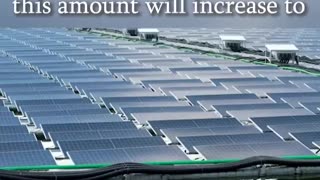 0:27
0:27
Decisive Liberty
8 months agoThings The Elites Won't Tell You - The Hidden Costs of Solar Panels
476 -
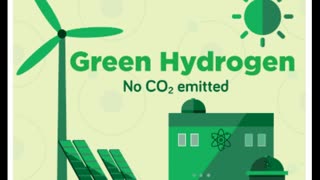 8:41
8:41
(NurembergTrials.net)
9 months agoNikola Tesla Green Hydrogen, Ammonia & Phosphates From Air w/ Renewables & Nuclear (TeslaLeaks.com)
269 -
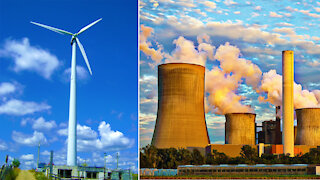 0:42
0:42
AmplifiedLIFE
2 years ago $0.02 earnedNuclear Reactors and Windmills: Nuclear vs Wind
1913 -
 11:51
11:51
Life Code Lab
1 year agoSustainable Energy Transition: Avoiding the High Costs & Shortages of Electricity/Fuel
6 -
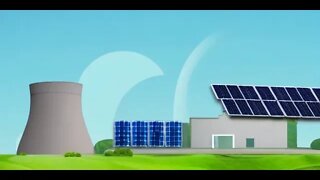 20:55
20:55
Darryl Talks About New Zealand
1 year agoNuclear vs Solar
98 -
 9:46
9:46
MaryJenny
11 months ago5 Best DIY Energy-Saving Projects in 2024 - Alternative Energy For Your Household
6401 -
 13:08
13:08
Cyzy
10 months agoThe Future of Energy (Hint: Not Renewables!)
2 -
 9:21
9:21
IOL-IndependentOnline
1 year agoWatch: South Africa ready and capable to build Nuclear Reactor power generation at Zero Co2 emission
96 -
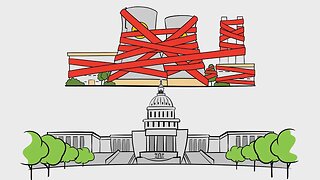 2:39
2:39
Mises Institute
10 months agoReal Alternatives to Fossil Fuels
39 -
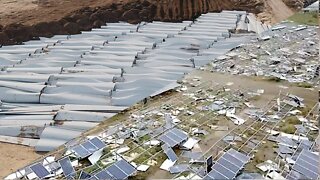 55:37
55:37
Horizon Science Channel
2 years ago $0.02 earnedNuclear Energy 08: (addendum) Waste from Renewables
411